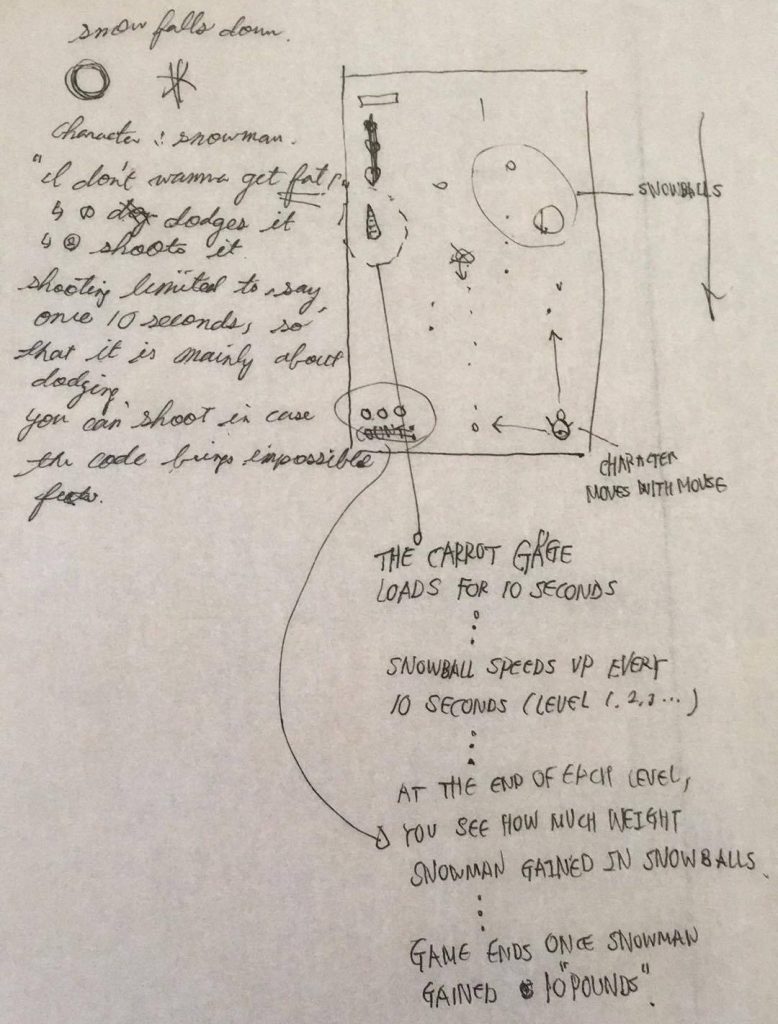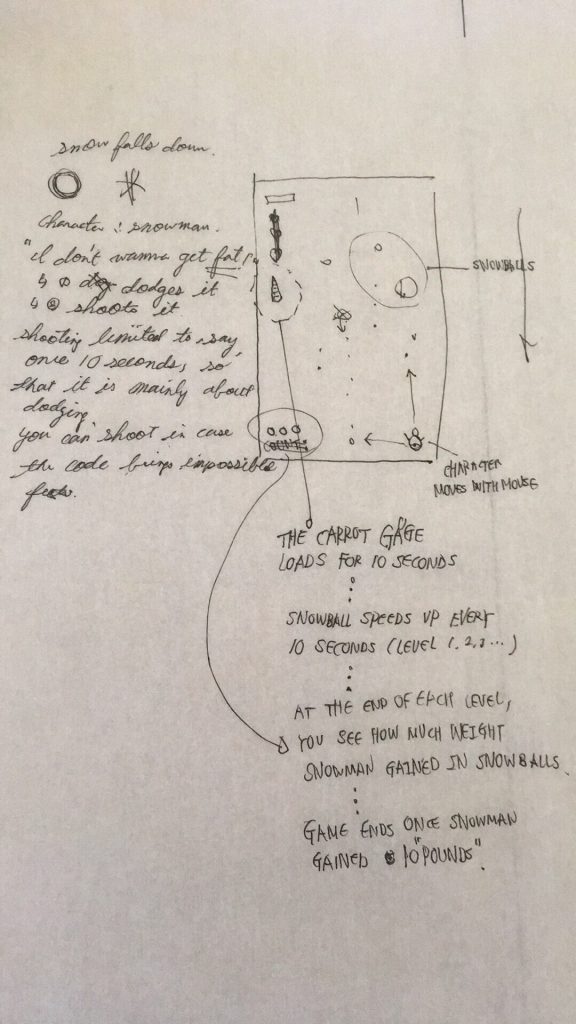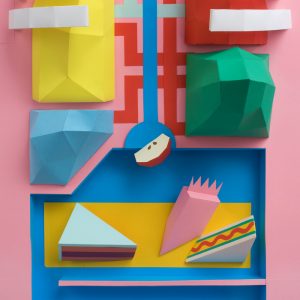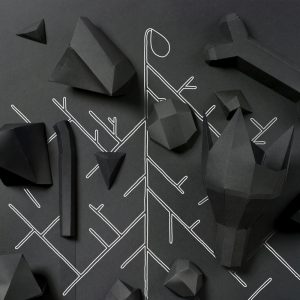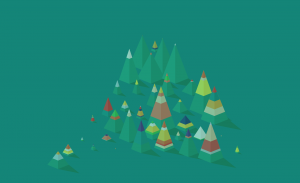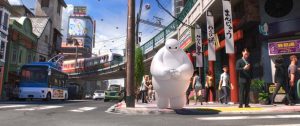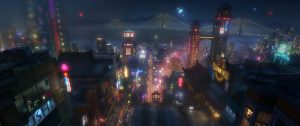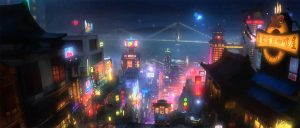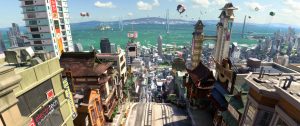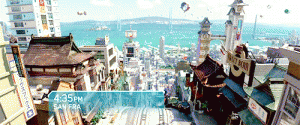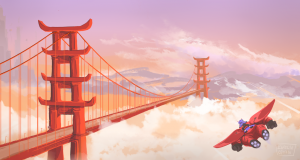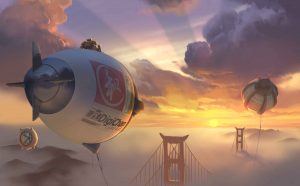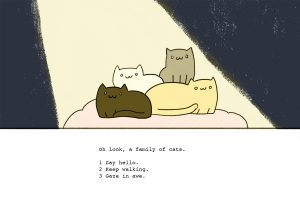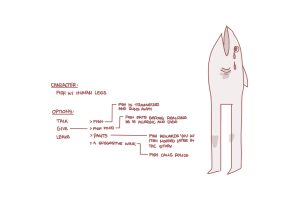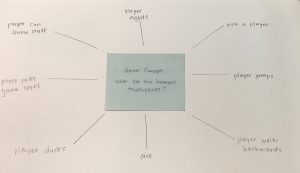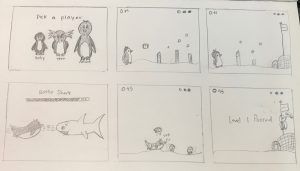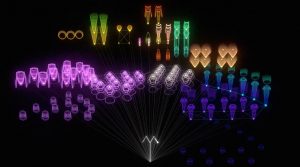Ken Okiishi is an artist who uses television projection to combine the aesthetics of painting and moving image all at one entire television screen.
According to ArtSpace Okiishi’s “series of paintings on flat-screen monitors, gesture/data, evolved from a routine museumgoing act: Okiishi admired a painting by Joan Mitchell at MoMA and tried to capture it on his iPhone. His sheer, streaky brushstrokes, which veil an equally glitchy mixture of VHS and digital recordings, remind you how much gets lost in translation from the wall to the cloud.”
His dialog between the new media which is, in this case, a tv monitor and the old Media which is the painting over the television screen is so captivating and interesting for me because it is a combination of the things that we are talking about in class.
Projection does not always have to be using projectors. Every electric device that we use in order to absorb information and imagery is what “projection” means to me. So, in this case, I think Okiishi is touching upon a good point because he uses television screens rather than projectors that uses light beams.


![[OLD FALL 2017] 15-104 • Introduction to Computing for Creative Practice](../../../../wp-content/uploads/2020/08/stop-banner.png)
